12 Key Advantages & Disadvantages of Projectors Comparing To TVs
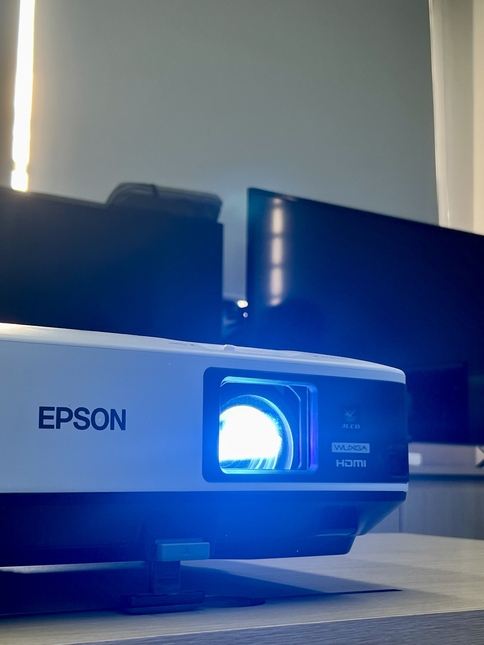
What To Know
- Projectors offer expansive screen experiences, perfect for both movies and presentations.
- They minimize eye strain during prolonged viewing by diffusing light.
- Projectors can be influenced by ambient light, so controlled lighting is important for the best experience.
- Setting up a projector might be more intricate compared to using a standard TV.
This guide provides a thorough look into the benefits and drawbacks of projectors.
Armed with this knowledge, you’ll be better equipped to decide if a projector aligns with your entertainment aspirations.
Without further ado…
Quick Navigation
Advantages
The following are the biggest reasons why projectors are getting love from consumers.
Large-Screen Viewing, with Convenience
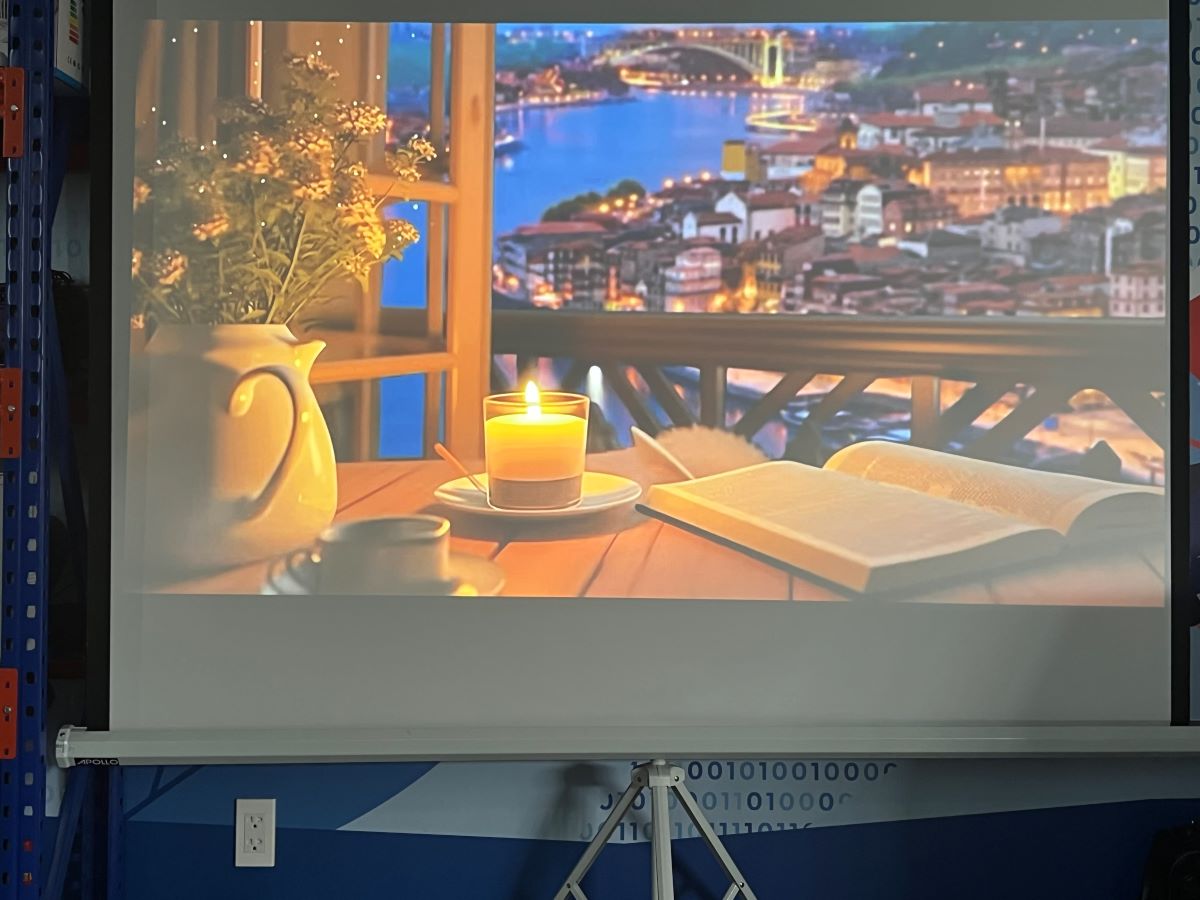
If you cannot or do not want to go out for a movie with friends or family, a projector can bring that movie theater or big-screen experience to your house.
Witnessing massive visuals not just evokes amazement, but it’s also about the details.
A 55-inch Full-HD or 4K TV could be big and plenty sharp. But if there’s a war scene on, the 50-odd inch screen real estate won’t do complete justice to the spectacle on display. You’ll need at least a 100-inch screen to discern all the tiny details the director wants you to see and appreciate.
Each hair strand, every grain of grass and blade of sand, etc., will become more apparent with a large, 4K projection. And unlike in a movie theater, you can pause the movie and take breaks at will – be it a loo break or to grab some food.
How big can projectors cast? The actual size of the visuals varies with projector models. The DBPOWER RD828 , for instance, can cast visuals that you can scale up to 300 inches.
Televisions with displays that big have not entered manufacturing yet. Samsung’s The Wall is perhaps the biggest yet, at 292 inches. But the TV is not widely available. And whenever it comes within consumer reach, its massive price tag would likely alienate most buyers.
Another important consideration with a large-screen TV is space. A large 100-inch television may not fit in or look too massive or out of place in a relatively small room.
Variable Projection Size
A projector also affords the convenience of increasing and decreasing the size of the images at will.
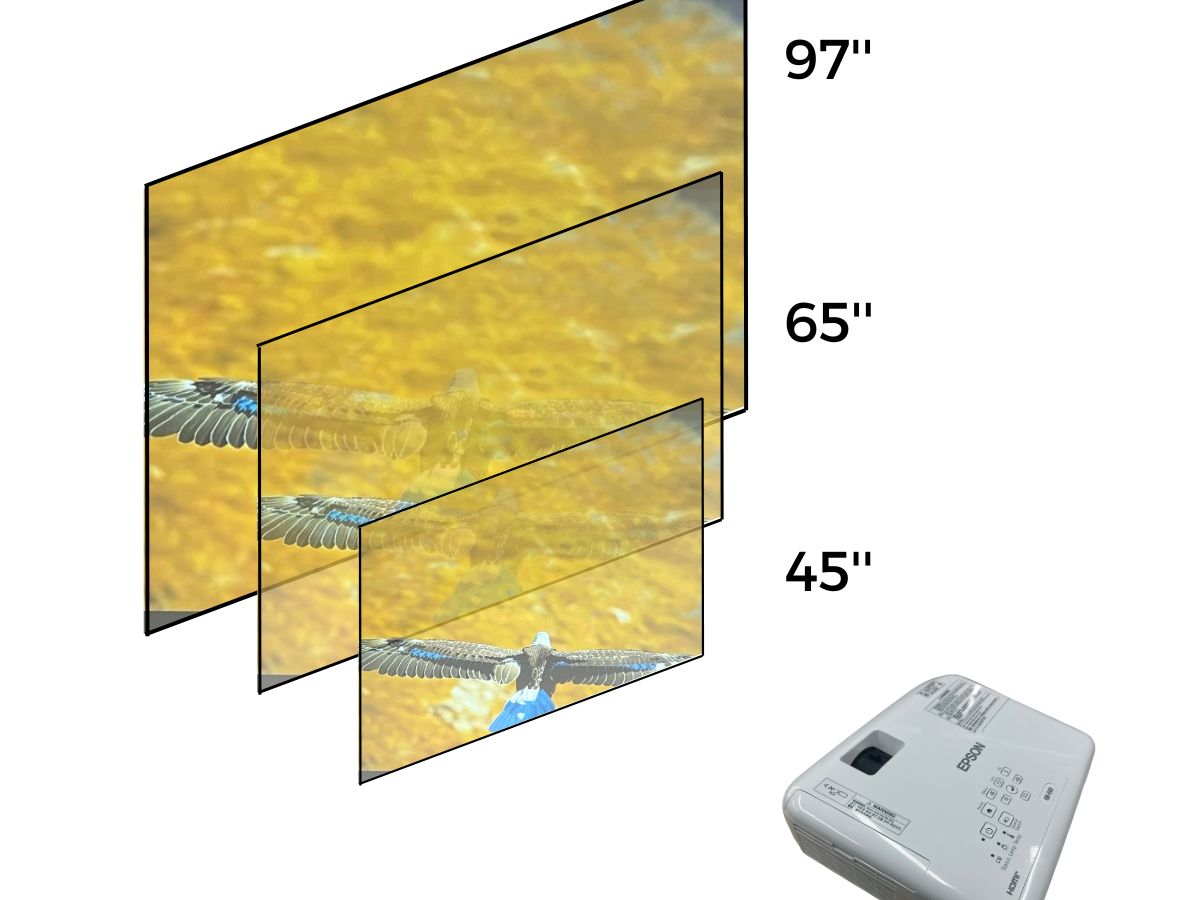
With television, the screen size is fixed. If you’ve got a 55-inch TV, you are stuck with it. You cannot blow it up to 100 inches. Similarly, you cannot scale it down for a more private viewing experience.
Also, a 4K projector uses the pixels available a lot more efficiently. The large visuals greatly benefit from the increased resolution. If it’s 4K, even a 150-inch projection won’t look pixelated from a distance.
A 4K 65 or 75-inch TV would look great, but that won’t be an optimal use of the 4,096 pixels available for use.
Won’t Hurt Your Eyes
Contrary to general perception, projector visuals do not hurt your eyes. They are usually not strong or bright enough to cause any damage to your retinas or sense of vision.

It is, in fact, the opposite. A big screen with reduced overall brightness can be relaxing to the eyes. And because the visuals are primarily reflections, they are nowhere as strong or scathing as the light emitted directly by television screens.
Televisions work differently. Based on the resolution and make, the minimum and ideal viewing distances could vary. For instance, for a 55-inch television, you need to be at least 7.5 feet (2.28 meters) away from the screen.
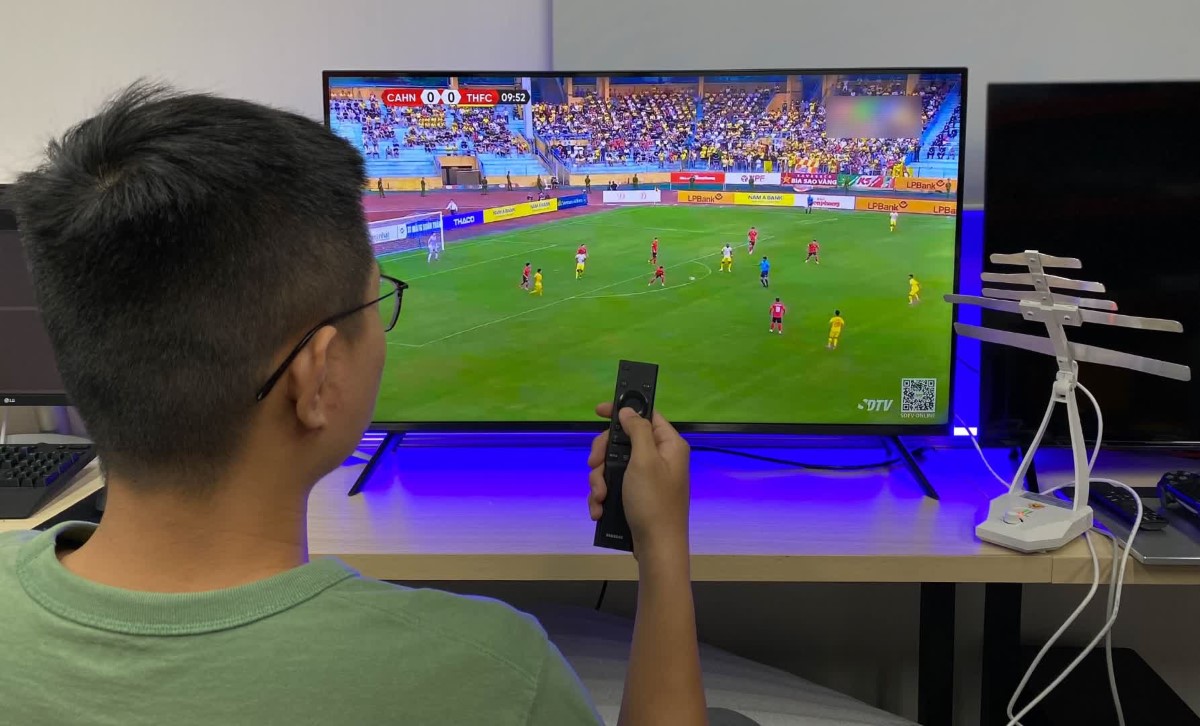
However, to be fair, modern TVs are a lot more friendly to the eyes. In other words, watching TV at a close distance won’t cause eye damage but could lead to eyestrain. That is provided you’re using a modern, flat-screen television and not those cathode ray tube TVs from yore.
If you have existing eye-related concerns, keeping your distance from the TV is still recommended. Talk to your doctor to learn more.
Doesn’t Mar a Space’s Design
While many people design their houses or spaces taking a TV into account, some people find it difficult to harmoniously fit a black, thin rectangular slab into the overall scheme of things.
When the TV is not in use, it occupies a lot of visual space, whether attached to the wall or placed on a desk/table. And to be an eyesore, the TV need not be 100-inch or more in size. Even 75 or 65-inch TVs have a giant footprint and occupy a lot of wall real estate.
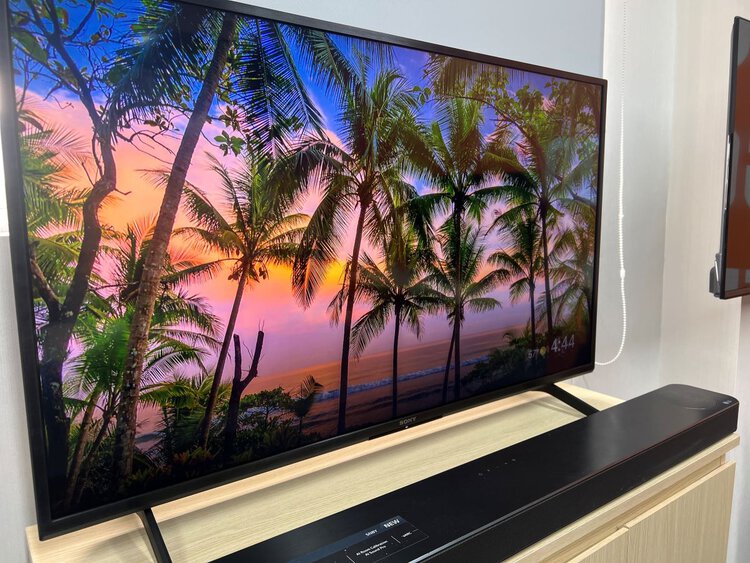
With a projector, such space-hogging issues do not exist.
Since a projector can use any flat surface as its canvas or projecting surface, it doesn’t need a dedicated space. You could launch the visuals on a wall or use a collapsible screen that can be neatly tucked away when not used.
If the screen is retractable and hangs from the ceiling, it could be made to disappear in no time. Also, the projector can be safely stored out of sight (if it’s not attached to the ceiling) and taken out only when needed.
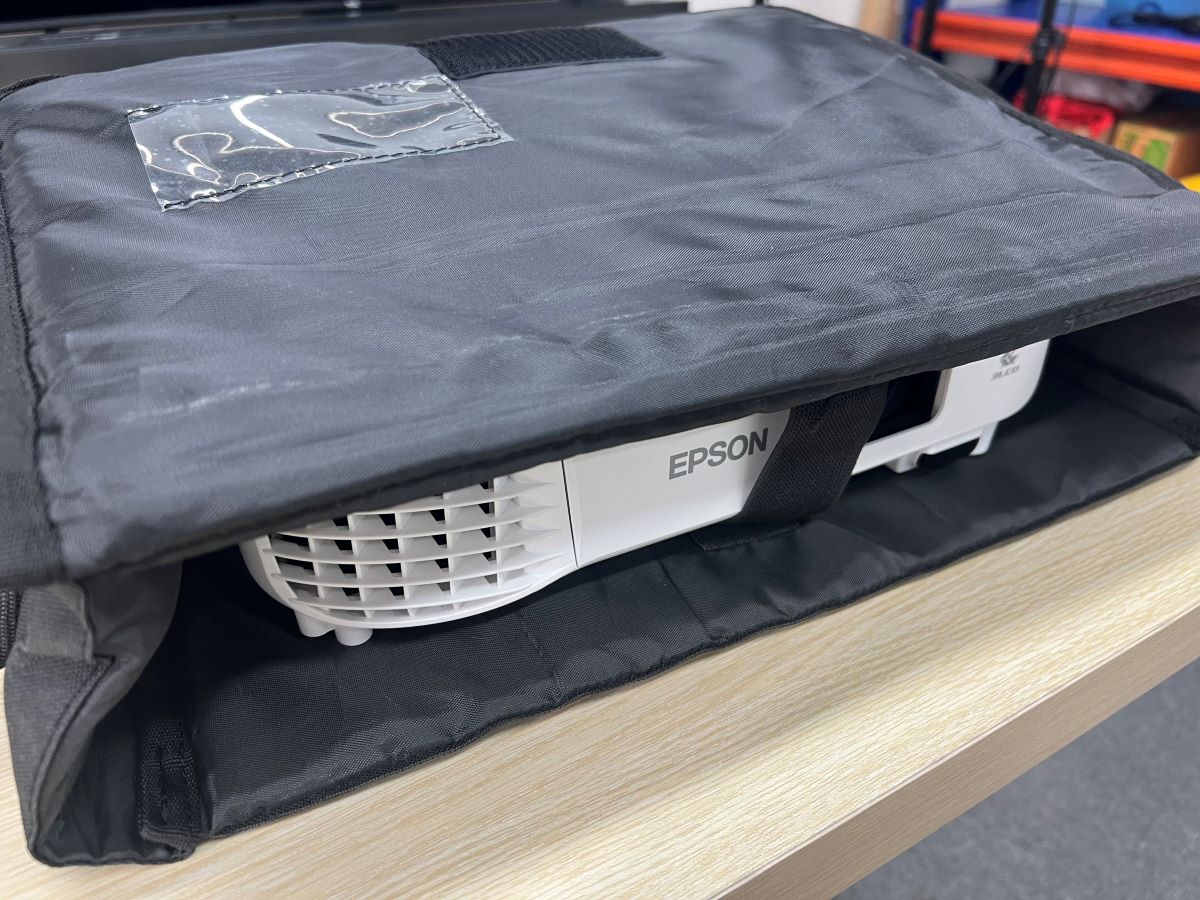
Portability and Connectivity
If the projector is not attached to the ceiling, you can carry it to any room in the house and outside – for instance, a friend’s place. You can even bring a projector while you’re camping, on vacation, or an outdoor trip.
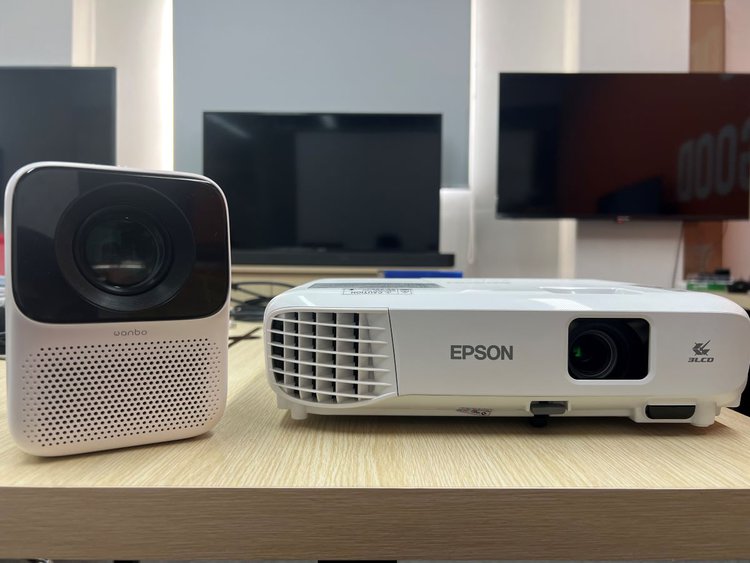
Also, most projectors sport internal speakers, an HDMI input, audio output, etc. Therefore, you can easily connect a projector to your laptop, a digital media player such as your Apple TV, and streaming sticks like a Roku or a Chromecast.
If you find the integrated speakers teeny, your projector’s 3.5mm audio jack can connect to external speakers. Kindly note, some projectors may not have built-in speakers. Having dedicated speakers is, therefore, always handy.
Even people with a flat-screen, smart TV usually have external speakers lying around because those built-in TV speakers sound sub-par generally.
Value-for-Money
Not too long ago (during the early 2010s), 4K projectors set consumers back thousands of dollars. Thankfully, prices have come down significantly since then.
Certified 4K projectors could be had for much less, like this BenQ HT3550. A Samsung 85-inch 4K TV, on the other hand, will comparatively be pricier.
- TRUE 4K PROJECTOR: 3840 × 2160 or 8.3 million Individual Pixels give incredible clarity and...
- CINEMATIC COLOR TECHNOLOGY: our out-of-the-box factory calibrated color accurate projector with...
- HDR-PRO TONE MAPPING: Designed to provide greater contrast, which makes sure that your 4K content is...
(Paid Link.)
Not to mention, the BenQ projector supports a projection size of up to 200 inches. And if you don’t need 200-inch screen size support and are pretty content with maximum projections close to 100 inches, prices come down further.
Kindly note, the aforementioned are projectors with native 4K resolution. There are also Full HD projectors that support 4K content. And those are much cheaper.
If you’d like to know more about “native” and “maximum” resolution in projectors, here’s an excellent video on the topic:
Disadvantages
The following are some drawbacks of projectors, along with actions you could take to rectify or ameliorate them if possible:
Not a Complete Package
Unlike a TV, a projector is not an all-in-one package.
By itself, a projector can provide pretty much no end value. It cannot project pictures and videos if it’s not connected to a source, such as laptops, smartphones, etc. If it has no built-in speakers, you will have to hook it up with a dedicated audio system as well.
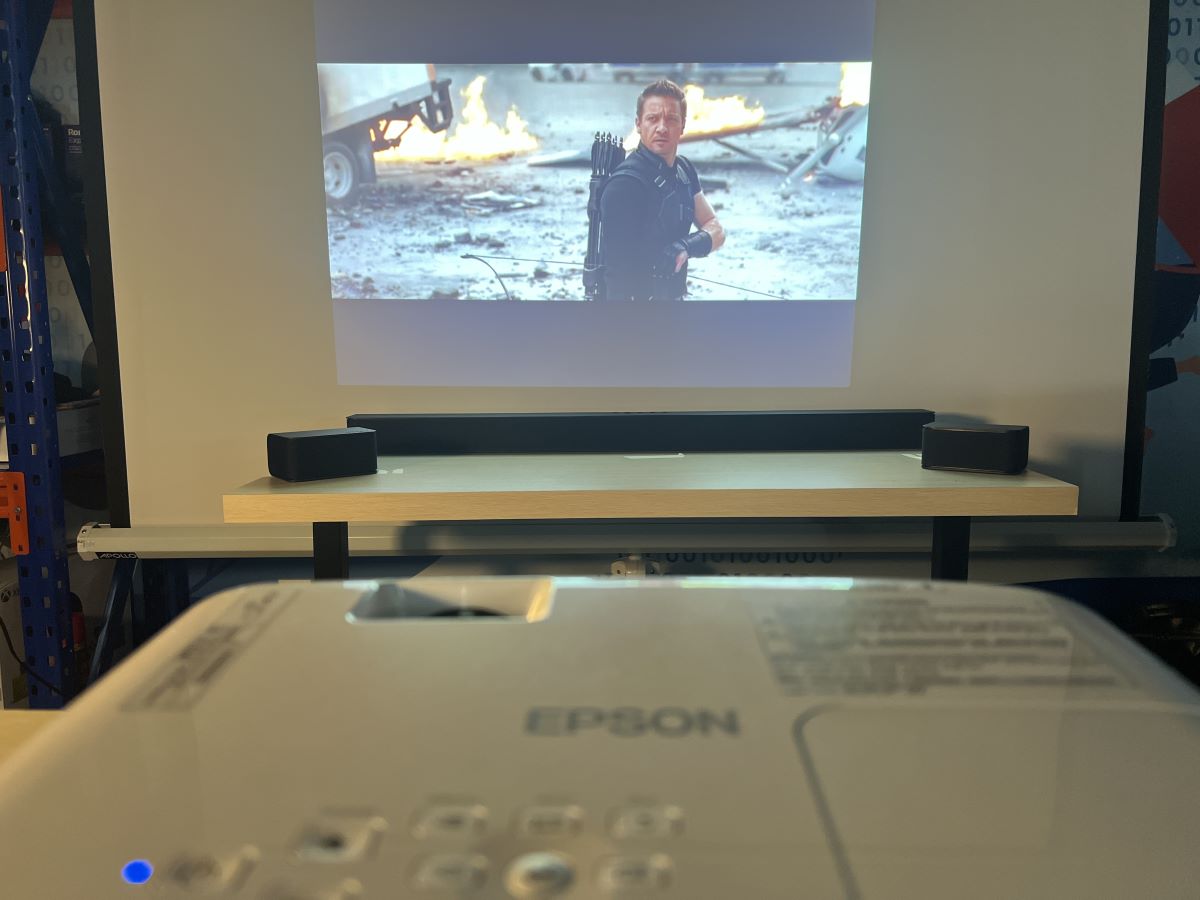
You may liken a projector setup to an assembled computer and a TV to an all-in-one PC. Custom-built computers are robust and versatile – just what the professional user ordered. A computer packaged as one, like the iMac, is convenient and, therefore, more preferred.
Ambient Light Can Play Spoilsport
Regardless of how bright a projector can get, any form of ambient light – be it daylight or artificial lights – can easily wash out the visuals. Without complete control over the room’s light, the images won’t look good. Projectors are, therefore, at their best when used later in the evenings.

If you would like to use your projector during the day, use your projector with an ambient light-rejecting projector screen. Just search for one online, and you’ll be presented with hundreds of options, like this one by Delux Screens.
The Muddy Resolution Scene
If you’re in the market to buy a 4K projector, things can get quite confusing – especially if you’re a first-time buyer or have no prior familiarity with projector resolutions.
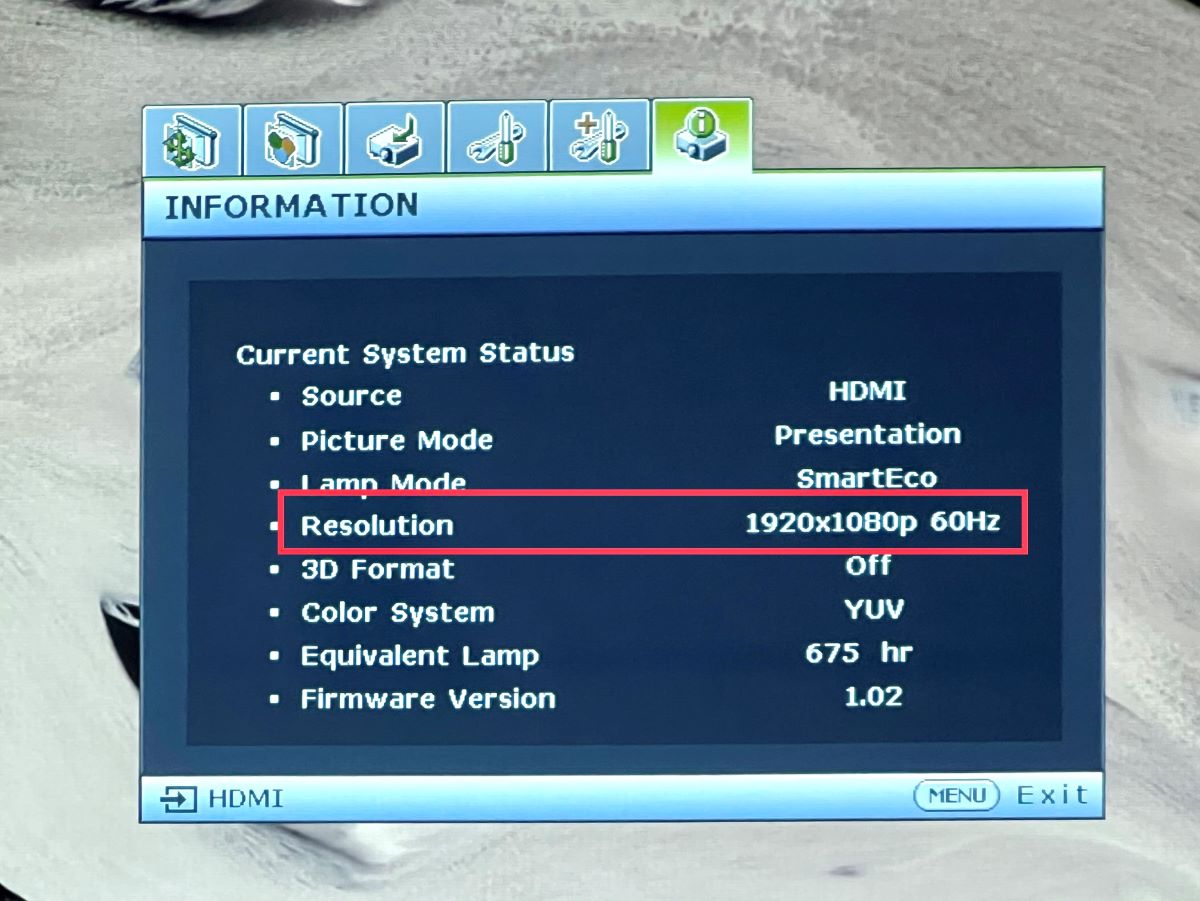
As explained in the video above, not every projector labeled as a “4K projector” is the real deal. Projectors with a native 2K chip producing 4K visuals, through “pixel shifting, “ get marketed as a 4K projector too.
The naïve consumer is usually unaware of the same, and manufacturers do not educate the buyer as well. They aren’t particularly lying by marketing their 2K or Full HD native chip projectors as 4K offerings, but deceiving, they are.
However, the pertinent question is, “Does the upscaling make any difference to the picture quality?” The good news is that it does, or the pictures do look sharper – and which is perhaps why companies don’t get pulled up much for their misleading marketing ploys.
Picture Quality May Not Be the Best
Projector picture quality isn’t bad. But when you compare it with a television, it may need some serious catching up to do. And it’s more than just the sharpness of the images. At times, the pictures may not be bright enough. The colors could be off too.
There’s, in fact, a slew of picture or display issues with a projector.
The quality concerns usually come from relatively inexpensive projectors. Therefore, if you have the budget to spend on a high-end projector that boasts excellent light output and highly accurate colors, do splurge.
Setup Can Be a Pain
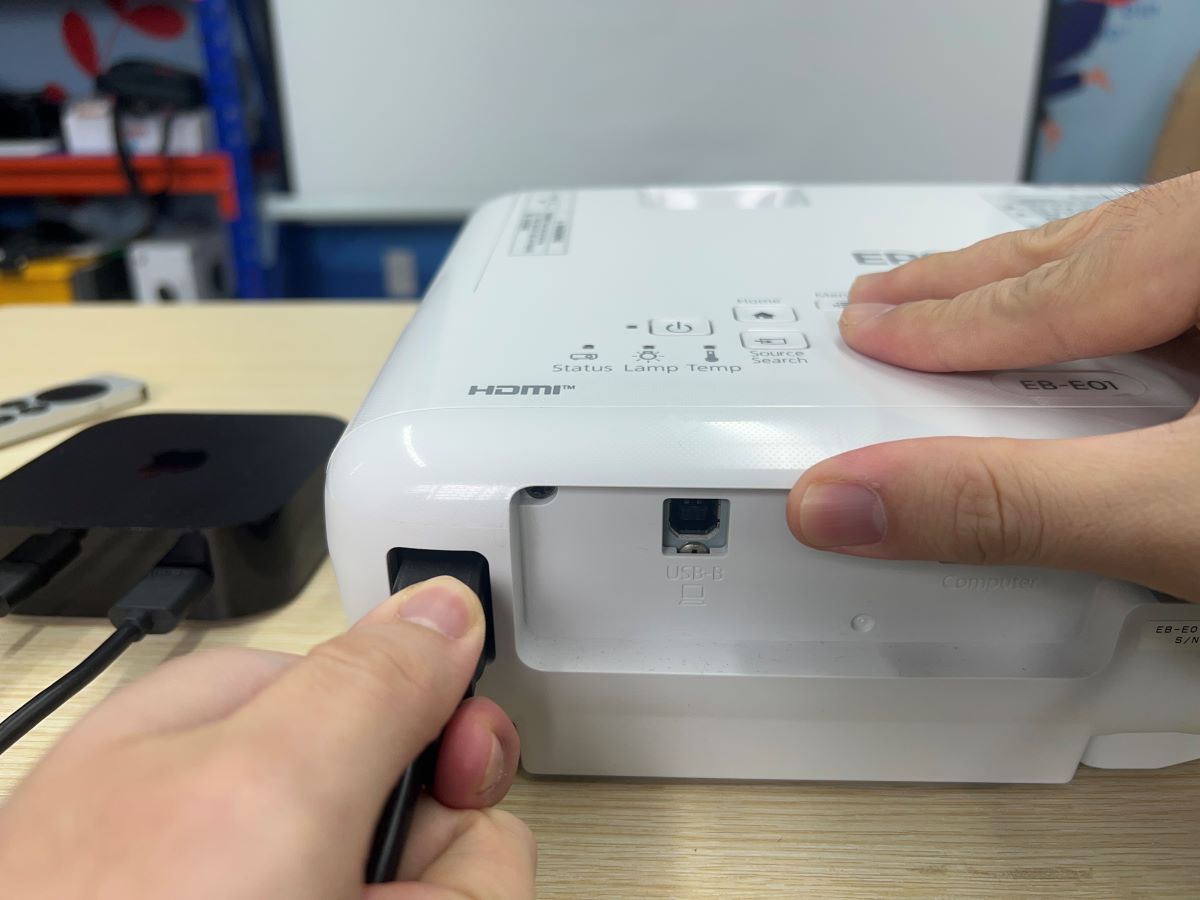
You need to turn on a projector, retract and position the screen, ensure the wall is devoid of irregularities, connect peripherals such as external speakers (if you’re using them) to it, etc.
This setup process can be a pain if you watch movies or shows intermittently during the day. A TV, on the other hand, just needs to be plugged in and turned on.
Noise
Projectors make noise. Though the noise is not akin to the airplane cabin rumble, it’s usually audible enough to hamper your movie-watching experience.
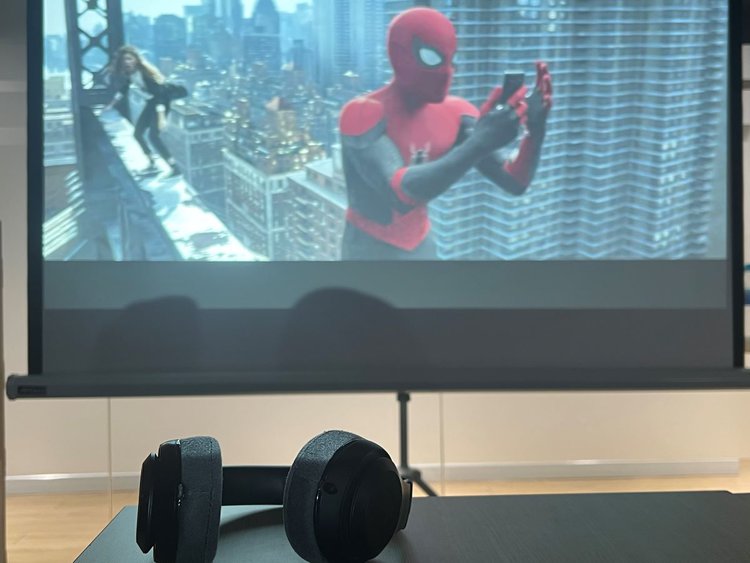
The more capable or powerful the machine is, the noisier it would be. Projectors used in movie theaters make more noise than those used at homes because they are considerably more powerful.
Also, low-cost projectors tend to be more audible than the higher-quality ones as they use cheap fans and motors. But if those components are correctly tuned, the noise could be minimized. The more expensive projectors use designs that reduce noise and could be noticeably quiet.
To learn more about projector noise, check out this article dedicated to the topic.
Conclusion
If you’re out in the market looking to buy a projector, know what your requirements are or the things that matter to you the most. Some of the projector negatives mentioned above may not matter to you as much as they would to other buyers.
If you don’t know much about projectors or are confused about buying a projector or TV, this article hopefully gave you a broader perspective and some much-needed context. At least, you should not be stuck between the two anymore or be able to employ the two in your space harmoniously.
Catherine Tramell has been covering technology as a freelance writer for over a decade. She has been writing for Pointer Clicker for over a year, further expanding her expertise as a tech columnist. Catherine likes spending time with her family and friends and her pastimes are reading books and news articles.


